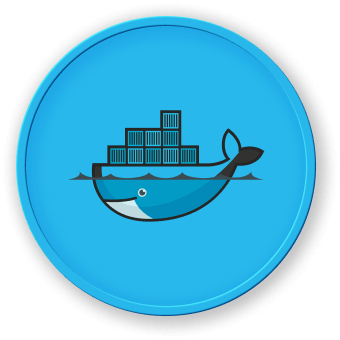Container Management
Docker Container Lifecycle
Container management involves understanding and controlling the entire lifecycle of Docker containers, from creation to termination. This process encompasses multiple stages of container interaction and manipulation.
graph LR
A[Image Pull] --> B[Container Creation]
B --> C[Container Start]
C --> D[Container Running]
D --> E[Container Stop]
E --> F[Container Remove]
Container Creation Strategies
| Creation Method |
Command |
Description |
| Interactive Mode |
docker run -it |
Creates interactive container |
| Detached Mode |
docker run -d |
Runs container in background |
| Named Container |
docker run --name |
Assigns custom container name |
Advanced Container Management Commands
## Create container without starting
docker create ubuntu:latest
## Rename running container
docker rename old_name new_name
## Inspect container details
docker inspect <container_id>
## View container logs
docker logs <container_id>
## Monitor container resource usage
docker stats
Container Resource Management
Resource allocation and limitation are critical for efficient container performance:
## Limit CPU and memory
docker run -it --cpus=2 --memory=1g ubuntu:latest
## Update container resources
docker update --cpus=4 --memory=2g <container_id>
Container Network Configuration
Docker provides flexible networking options for container communication:
## List network interfaces
docker network ls
## Create custom network
docker network create mynetwork
## Connect container to network
docker network connect mynetwork <container_id>
Image Management Techniques
Effective image management ensures optimal container deployment:
## Remove unused images
docker image prune
## Tag and push images
docker tag myimage:latest username/myimage:v1
docker push username/myimage:v1
## Build custom image
docker build -t myapp:latest .
Container Orchestration Basics
While basic management handles individual containers, orchestration platforms like Docker Swarm and Kubernetes provide advanced management capabilities for complex deployments.




